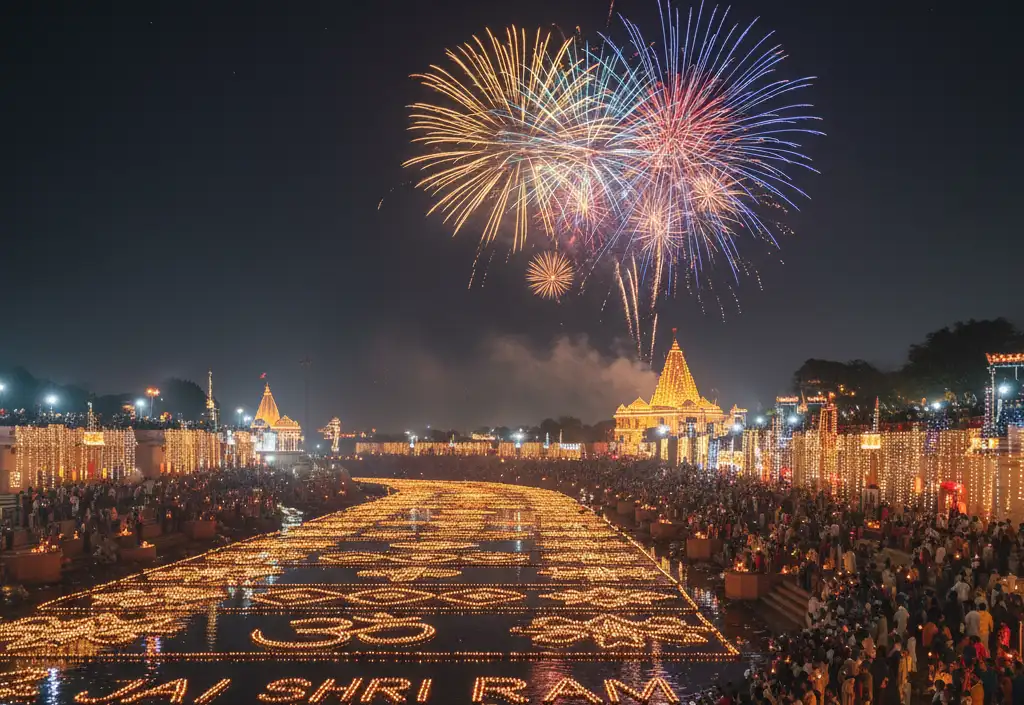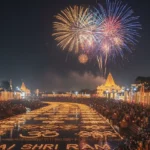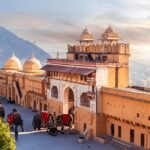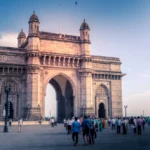
Diwali Celebration in India – The Festival of Lights and New Beginnings
Every autumn, the skies of India sparkle with fireworks, homes glow with oil lamps, and hearts light up with joy — it’s Diwali, India’s grandest festival. Known as the Festival of Lights, Diwali is not just a celebration; it’s an emotion that unites millions across India and the world.
For travelers from Around the World, Diwali offers a once-in-a-lifetime chance to witness India at its most colorful, vibrant, and spiritually uplifting time of the year.
🌟 What is Diwali and Why It’s Celebrated
The word Diwali comes from the Sanskrit “Deepavali,” meaning a row of lamps. It symbolizes the victory of light over darkness and good over evil.
While the story behind Diwali varies across regions, the essence remains the same — spreading light, love, and positivity.
In North India, it marks the return of Lord Rama to Ayodhya after defeating Ravana.
In Western India, it celebrates Lord Krishna’s victory over Narakasura.
In South India, people honor Goddess Lakshmi, the bringer of wealth and prosperity.
Every household, no matter the story it follows, glows with the same spirit of hope and renewal.
🪔 How Diwali Is Celebrated in India
1. Lighting Diyas and Decorating Homes
The most iconic symbol of Diwali is the earthen oil lamp, or diya. Families decorate their homes with rows of diyas, string lights, and colorful lanterns. The warm golden glow creates a magical atmosphere across cities and villages alike.
2. Rangoli Art at Doorsteps
Every morning, families create rangoli — intricate patterns made from colored powders, rice, or flower petals. These designs welcome guests and symbolize good luck.
3. Lakshmi Puja
On the main day of Diwali, people perform Lakshmi Puja, praying for prosperity and happiness. Offerings of sweets, flowers, and coins are placed before the goddess. Many also open new business accounts or make their first purchases, believing it brings good fortune.
4. Bursting Firecrackers and Family Feasts
As night falls, fireworks light up the sky, marking joy and victory. Families gather for grand feasts — from spicy snacks to traditional sweets like gulab jamun, barfi, and laddoos. The air is filled with laughter, music, and togetherness.
5. Gifting and Sharing Love
Diwali is also a time for exchanging gifts — sweets, clothes, jewelry, and home decor items. It’s about sharing happiness with family, friends, and even strangers.
🕌 Regional Variations of Diwali in India
✨ North India
In Delhi, Jaipur, Varanasi, and Agra, Diwali is celebrated with immense grandeur. Streets shimmer with fairy lights, markets overflow with festive energy, and fireworks reflect in the rivers. The ghats of Varanasi glow with thousands of diyas — a sight that feels almost divine.
🌸 South India
Here, Diwali (called Deepavali) often starts early in the morning with oil baths, temple visits, and traditional feasts. Tamil Nadu, Karnataka, and Kerala have their own unique rituals but share the same message of renewal and light.
🌾 Western India
In Gujarat and Maharashtra, Diwali also marks the New Year, known as Bestu Varas. Homes are freshly painted, and businessmen worship their account books for good luck in the year ahead.
🌴 Eastern India
In West Bengal, Diwali coincides with Kali Puja, honoring Goddess Kali. The festival here has an intense energy — filled with devotion, rituals, and dazzling lights.
🎆 Top Places to Experience Diwali in India
If you’re planning to travel to India during Diwali, here are the must-visit destinations for a truly unforgettable experience:
Jaipur, Rajasthan: Watch the entire Pink City sparkle as palaces, forts, and markets are illuminated with lights.
Varanasi, Uttar Pradesh: Witness Ganga Aarti and thousands of diyas floating on the river — pure magic.
Delhi: Experience shopping, street food, and the joy of urban festivities.
Amritsar, Punjab: The Golden Temple shines brighter than ever during Diwali, surrounded by fireworks and devotion.
Udaipur: Enjoy royal celebrations beside beautiful lakes and palaces.
Each city tells its own Diwali story — blending tradition, hospitality, and breathtaking beauty.
🎁 Diwali for Travelers: What to Expect
Book Early: Flights and hotels fill up quickly during Diwali week.
Dress Traditionally: Wear ethnic outfits like kurta-pajamas or sarees to blend in and enjoy the spirit.
Try Indian Sweets: Taste iconic treats like soan papdi, rasgulla, and motichoor laddoo.
Join the Locals: Participate in Diwali pujas, street fairs, and community celebrations.
Respect the Customs: Avoid alcohol or loud behavior during prayers and rituals.
💡 The Deeper Meaning of Diwali
Beyond fireworks and sweets, Diwali carries a powerful spiritual message. It reminds us that light always conquers darkness, and that kindness, gratitude, and hope can transform our lives.
For visitors from abroad, it’s more than a cultural event — it’s a journey into India’s heart. You’ll see how faith, family, and joy come together in a festival that celebrates both material and spiritual abundance.
📅 When Is Diwali Celebrated?
Diwali usually falls in October or November, depending on the Hindu lunar calendar. The festival lasts for five days, with the main celebrations on the third day — known as Amavasya, or the new moon.
🌍 Why You Should Experience Diwali in India Once in a Lifetime
If you truly want to understand India’s soul — its color, compassion, and community — visit during Diwali. It’s when the country shines brightest. From royal palaces to humble homes, every corner glows with light, laughter, and love.
Whether you’re a photographer, culture lover, or spiritual seeker, Diwali will give you memories to treasure forever.



